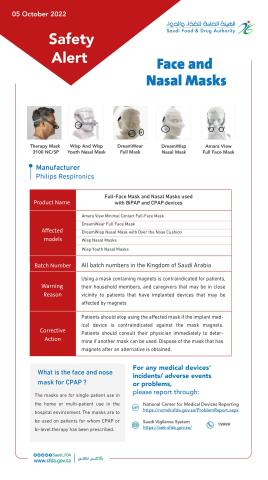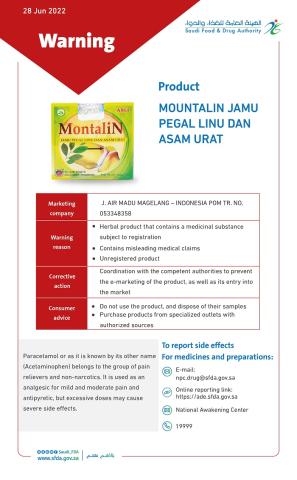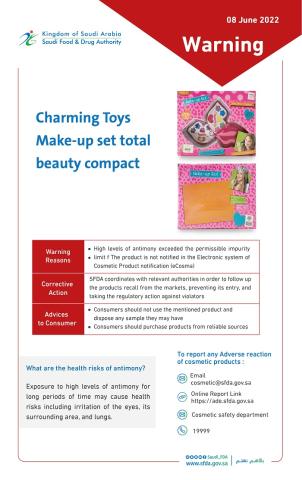Background: Rosiglitazone and pioglitazone may increase the incidence of fractures. We aimed to determine systematically the risk of fractures associated with thiazolidinedione therapy and to evaluate the effect of the therapy on bone density.
Methods: We searched MEDLINE, EMBASE, the Cochrane Central Register of Controlled Trials (CENTRAL), other trial registries and product information sheets through June 2008. We selected long-term ( 1 year) randomized controlled trials involving patients with type 2 diabetes and controlled observational studies that described the risk of fractures or changes in bone density with thiazolidinediones. We calculated pooled odds ratios (ORs) for fractures and the weighted mean difference in bone density.
Results: We analyzed data from 10 randomized controlled trials involving 13 715 participants and from 2 observational studies involving 31 679 participants. Rosiglitazone and pioglitazone were associated with a significantly increased risk of fractures overall in the 10 randomized controlled trials (OR 1.45, 95% confidence interval [CI] 1.18–1.79; p < 0.001). Five randomized controlled trials showed a significantly increased risk of fractures among women (OR 2.23, 95% CI 1.65–3.01; p < 0.001) but not among men (OR 1.00, 95% CI 0.73–1.39; p = 0.98). The 2 observational studies demonstrated an increased risk of fractures associated with rosiglitazone and pioglitazone. Bone mineral density in women exposed to thiazolidinediones was significantly reduced at the lumbar spine (weighted mean difference –1.11%, 95% CI –2.08% to –0.14%; p = 0.02) and hip (weighted mean difference –1.24%, 95%CI –2.34% to –0.67%; p < 0.001) in 2 randomized controlled trials.
Interpretation: Long-term thiazolidinedione use doubles the risk of fractures among women with type 2 diabetes, without a significant increase in risk of fractures among men with type 2 diabetes.
CMAJ • January 6, 2009; 180 (1). First published December 10, 2008; doi:10.1503/cmaj.080486 source:



